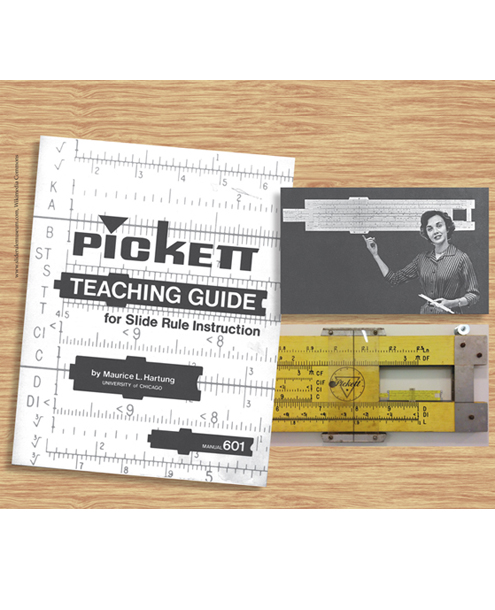Slide Rules: Gone But Not Forgotten
By Henry Petroski
Many of these well-made mechanical calculating aids have outlasted the engineers who knew how to use them, but they remain culturally pervasive.
Many of these well-made mechanical calculating aids have outlasted the engineers who knew how to use them, but they remain culturally pervasive.

In my recent column on paperweights (July–August 2016), I described how the electrical engineer Charles Steinmetz (1865–1923) often worked in a canoe afloat near his camp on a tributary of the Mohawk River, just outside Schenectady, New York, not far from the General Electric Research Laboratory where he was employed. Often among the papers, pencils, and other objects on the board he set across the gunwales to serve as a desk was a set of tables of logarithms that he used in making calculations. I also described another photograph, showing Steinmetz at work at a table inside the rustic camp, noting the presence of a slide rule that I suggested he used when he did not require the highest precision in his calculations.

Click "American Scientist" to access home page
American Scientist Comments and Discussion
To discuss our articles or comment on them, please share them and tag American Scientist on social media platforms. Here are links to our profiles on Twitter, Facebook, and LinkedIn.
If we re-share your post, we will moderate comments/discussion following our comments policy.